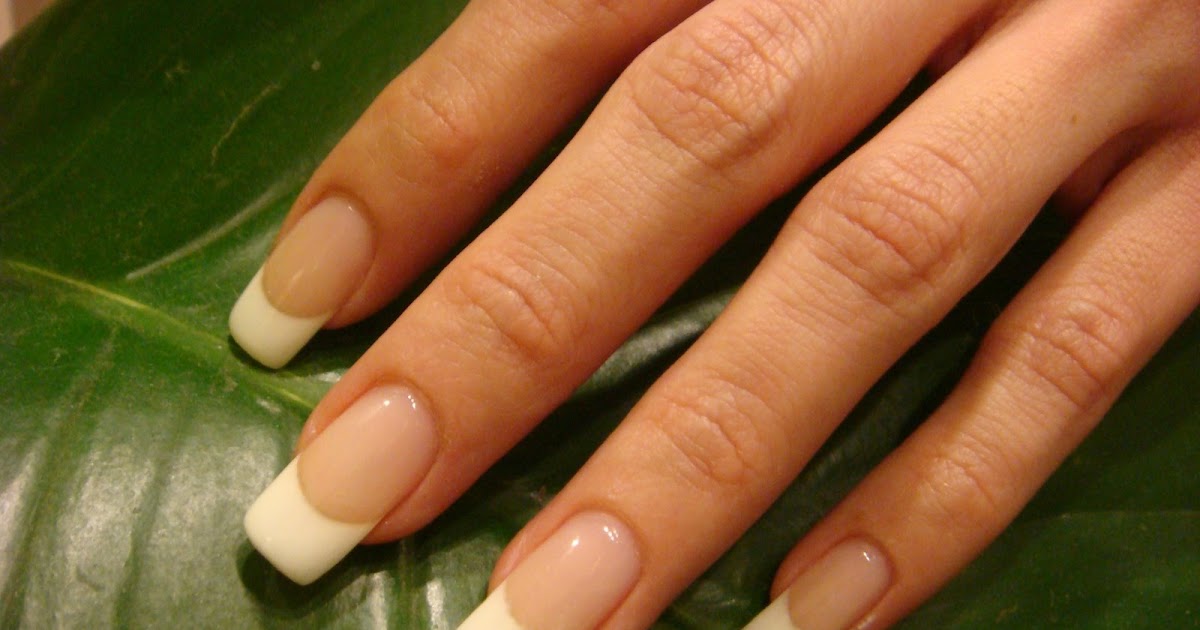


Instead, the nail products are directly applied to natural nails and the length of your natural nails is retained. Overlays are different from extensions because there is no need to use plastic forms or tips on the nails. After attaching the extensions to natural nails, other nail products are applied on top for design and decoration. Most people are familiar with nail extensions, and we all know that these help add length to the nails. Gel overlays are different from extensions. The gel is directly applied to the natural nails.

With this type of manicure, you skip using the plastic extensions. One of them is a gel overlay, applied to your natural nails. Once secure, tips can be layered with hard gel (or other structural product, like dip powder).There are many different types of manicures that you can get today.
#NATURAL NAIL OVERLAY WITH CLEAR GEL FREE#
the free edge, and are clipped to the desired length. Once the natural nail has been prepped, tips are glued to the top edge, a.k.a. Nail tips are preshaped plastic extenders that can function as bones, so to speak, for a svelte mani look. What are hard gel extensions?Īccording to Ornellas, hard gel extensions are created in one of two ways: with nail tips or nail forms. Gel polish, on the other hand, is more porous, which explains why bright whites and light pinks tend to look grubby with wear. The tightly woven polymer structure comprising hard gel also makes it impervious to staining. The polymers that make up hard gel are tighter than those in gel polish, which explains the relative strength of each product. “The greater the number of links between chains in the three-dimensional networks, the more solid the resulting polymer will be.” “How and where they link is determined by the types of molecules that are mixed together,” Dobos says. Within these 3D networks, the molecular chains link in specific formations. According to Dobos, the light spurs “a chemical reaction called polymerization.” During the polymerization process, “small molecules, monomers, or oligomers join together to form long chains or three-dimensional networks.” Nail lamps emit UV or LED light, which transforms gooey liquids into shiny solids. Once applied, both hard gel and gel polish require time under a nail lamp. Unlike gel polish, which comes in every color imaginable, hard gel is often limited to neutrals like white, clear, and pink. Many pros paint gel polish atop a structural hard-gel base to add color. Though hard gel and gel polish serve decidedly different purposes, they can complement each other beautifully. According to Ornellas, “Hard gels are used for strength and structure,” whereas “gel polish is just for color and art, and a little strength." While gel polish is fantastic in its own right, it lacks the rigidity of a hard gel-rigidity that’s necessary for lengthening and sculpting nail extensions. “It’s accomplishments were, and still are, to keep colour on longer than nail polish,” Suzie says. Not to be confused with hard gel, gel polish has been popular since the ’90s, when it was introduced as a chip-free, color-depositing alternative to traditional nail polish.

What most people colloquially refer to as a “gel manicure” involves gel polish, also known as soft gel or soak-off gel. While this can make application easier, hybrid gel cannot self-level as a result, whereas hard gel can. One advantage hybrid gel holds over hard gel is its relative ease of use whereas hard gel can be runny, hybrid gel remains in place until it’s intentionally moved. The formula, typically housed in a squeeze tube, is thick but is more pastelike than resiny, and is strong enough to create nail extensions too. Also dubbed polygel or gum gel, hybrid gel looks, and even acts, a bit like hard gel. Now to add a sprinkle of confusion back into the mix: Hard gel differs from hybrid gel. To save you confusion: hard gel, builder gel, and sculpting gel are one and the same-synonyms! For context: Consider the many monikers of traditional nail polish-lacquer, varnish, and enamel, to name a few.


 0 kommentar(er)
0 kommentar(er)
